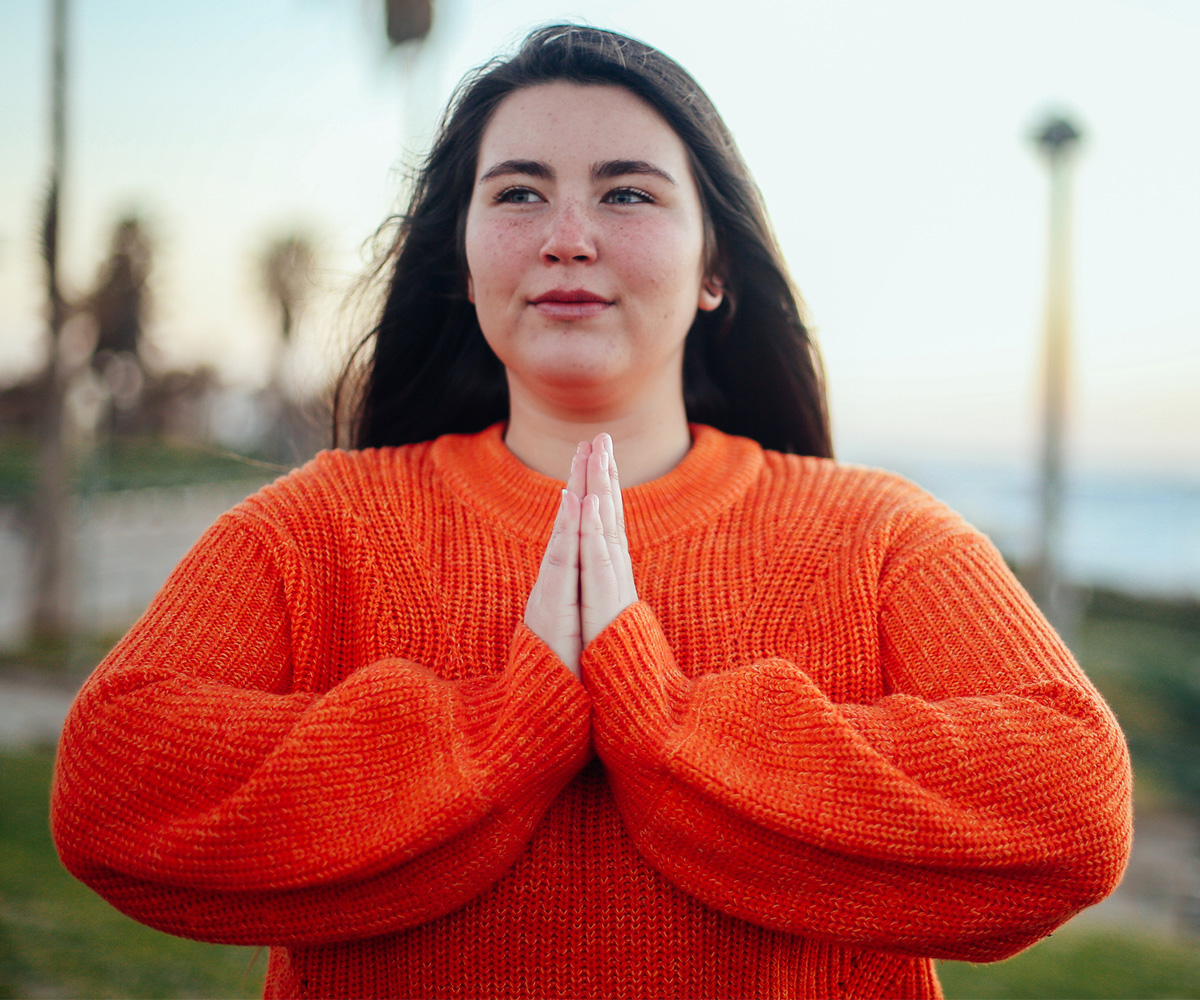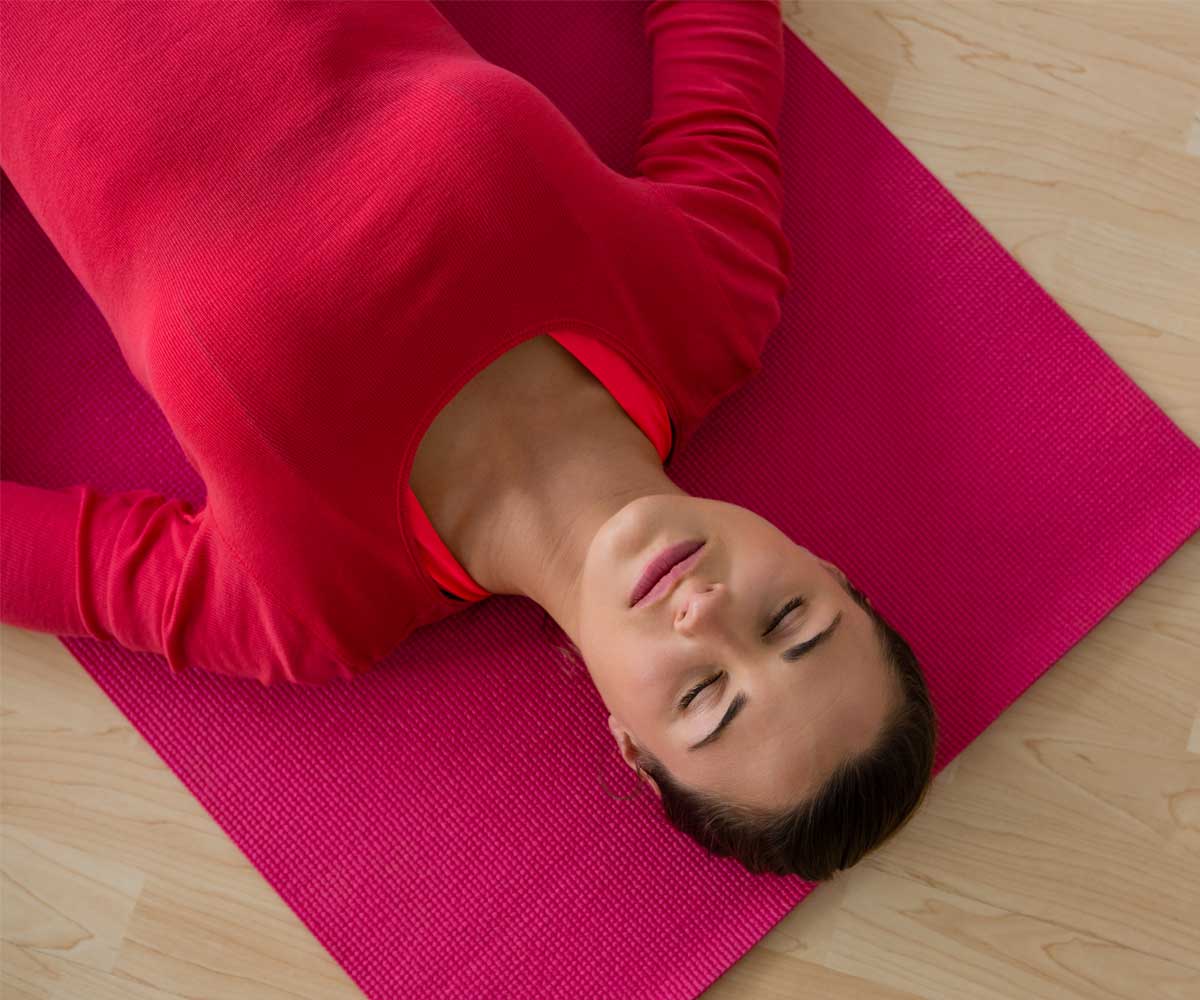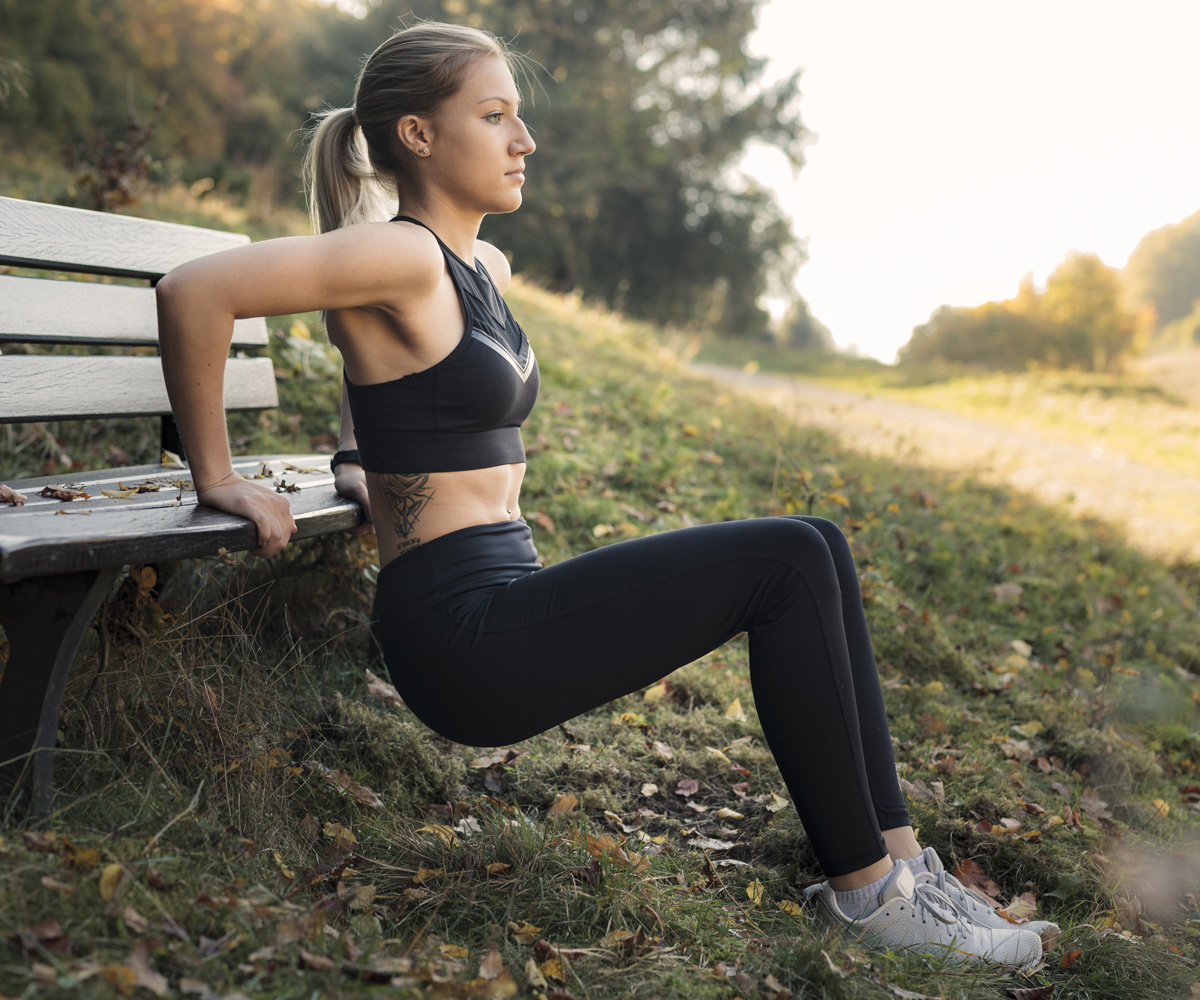Got on your yoga mat lately?
Need a bit more motivation to make it into a regular practice?
We all know that making the time to attend your favourite yoga class a few times a week feels really good.
But with the huge increase in the popularity of yoga in the West, there are now so many different methods and yoga styles.
In fact, yoga is now so popular that many elements of yogic culture have morphed into everyday life – think yoga tights as streetwear.
Yet with all the fashionable terms comes a whole lot of confusion that sometimes skews the perception of what yoga truly is.
First, understand that no matter what, yoga is for everyone. Anybody who has a body can practise it.
Whether you are injured, anxious, depressed or enjoying good health, regular yoga practice will deliver benefits.
The cool thing about yoga is that no gym pass is required. All you need is your body, a mat, a clean, quiet space, a firm will, a decent amount of patience and a little bit of knowledge.
That’s why attending a regular class with a teacher you love is beneficial.
It helps you to keep up with your practice and to gain knowledge.
So to cut through the jargon and help you find the āsana style that’s good for you, we break down the need-to-know of the six types of yoga that are most popular right now. Choose one or branch out and try them all!
Iyengar yoga

This type of yoga is one of the most widely practised methods today.
It is a form of classical hatha yoga that focuses on precision, alignment, and the use of appropriate support to achieve extension.
Developed by founder BKS Iyengar in Pune, India, his full teachings are shared in his 1966 book, Light On Yoga.
The method pays close attention to the anatomical positions and the alignment of each āsana, taking a foundational approach to building strength, flexibility, stability and awareness.
The beauty of iyengar yoga is that it’s accessible and is beneficial for those who are seeking a therapeutic practice. It can also help those who are recovering from injuries.
BKS Iyengar was consistently creative with the use of equipment and the method utilises chairs, straps, walls, blocks and bolsters to provide students with appropriate support.
The use of equipment also allows the practice to be modified during menstruation.
Beginners start by building a strong foundation through simple, standing āsanas, back bends, forward extension and supported inversions.
Advanced students utilise the equipment to achieve deeper extension.
Iyengar yoga works to integrate the mind, body and soul through regular practise, where the student gains an understanding of how each āsana is a series of integrated action points throughout the body. By bringing awareness and focus to these points, it aim to build foundational health.
Iyengar yoga is the only method that has a standardised global teacher training program.
With a certified instructor you can be assured that they have the experience and knowledge to assist your progress.
Use regular practice to build a strong body, flexible mind and a quiet resolve that you can take into life!
Ashtanga yoga

Alongside iyengar yoga, ashtanga is the other most recognisable form of yoga practised in the world today.
Ashtanga is a fast, dynamic style, based on a flowing series of interconnected āsanas. It is also known as ashtanga vinyasa yoga.
This style of yoga was developed by Sri K Pattabhi Jois and T Krishnamacharya in the 20th century.
Designed to connect movement and breath, the method relies on practising a set series of movements. There are six series of ashtanga yoga sequences, which the student progresses through at their own pace.
Ashtangis generally practise six days a week, but refrain from practising on a full or new moon.
They also do a modified version when menstruating.
Beginners start by learning the initial simple series of connected āsanas. When āsanas flow from one to another, it is called vinyasa.
The most well-known vinyasa of all is surya namaskar, or the sun salute series.
As students make their progress through the ashtanga system, they may attend classes that are taught in the Mysore style.
Here, practitioners are encouraged to memorise the sequence they are working on, then individually work through the sequence during the class.
The teacher comes around to adjust and support, rather than guiding the individual’s practice. This is so that the student can set their own pace consistent with their ability.
The objective is to master each pose in the sequence before they move on to the next.
Looking for a strong, vigorous yoga practice that develops musculature and fires up the cardiovascular system? Ashtanga yoga is the style for you.
Yin yoga

Yin yoga is a type of hatha yoga that combines the yogic system with the ancient Taoist tradition of China.
Tao uses techniques to ensure humans are in harmonious rhythm with nature.
Yin yoga draws upon the Taoist doctrine of the five elements – earth, metal, water, wood and fire. It also uses the principles of yin and yang, representing the vibration of the universe that informs all life.
The method uses āsana and breath work to achieve this balance.
The yin method combines focused attention on the breath with a variation of seated āsanas designed to create flexibility and extension in the body.
Āsana are static and held for longer periods so students can experience the posture to its full extent.
Yin yoga is quiet and contemplative, with the goal of dropping into a meditative state of focused awareness.
It emphasises the energetic quality of each āsana and draws on pranayama to bring body and breath into union.
Introduced by Paulie Zink, he says of his method: “The most important thing to me is the essence of the posture. If you are in a posture and you have the ability to flow with the energetic quality of one of the elements or animals then you can understand its purpose.”
Yin yoga is excellent for people who want to build flexibility and for those who are looking for a quiet practice that delivers energetic alignment.
Kundalini Yoga

When you step into a kundalini yoga class, don’t be surprised if the teacher or some of the students are wearing white robes or turbans.
This is just one of the many aspects of this method, which is based on kriyas – a method of predominantly using breath work, chanting and meditation.
Kundalini yoga has been practised in the East for thousands of years and was originally called laya yoga.
It was first brought to the US by Sikh leader Yogi Bhajan in 1968 and has been made even more popular by Hollywood stars such as Russell Brand.
So what is kundalini? Kundalini is the energy at the base of the spine.
It is the Sanksrit word that means ‘coiled like a serpent’ and this yoga style uses postures, breath, meditation and chanting to unlock this well of spiritual energy.
In a kundalini class, the student is focused on moving the kundalini energy through the seven chakras that reside in the spine and up into the brain.
It is an excellent practice for restoring and stimulating the nervous system and bringing the practitioner into a heightened state of awareness.
Over time, the practice of kundalini yoga develops resilience and a greater awareness of oneself.
Kundalini yoga may be a slightly confronting discipline for those who are new to yoga at first.
A class can involve a lot of panting, a bit of roaring and alternate nostril breathing. These are all techniques designed to stimulate body and mind.
At first, the breathing may feel difficult and you may have to take short breaks.
However, as with any yoga method, through regular practise you will learn to breathe more easily and to be able to control the breath.
It’s important to understand that you won’t see a downward dog in this type of class or even a sun salutation. Instead, this is all about getting in touch with the energy within.
Paddleboard yoga

Unlike the previous yoga styles described, paddleboard yoga is a different hybrid.
While it uses the basic principles of postures and breathing, they’re all done perched on a floating paddleboard.
Also known as SUP (stand-up paddleboard) yoga, it was first developed in the US when fitness instructors began offering classeslike Pilates and yoga on the water.
It is now an incredibly popular yoga style in coastal communities around the world.
Paddleboard yoga combines the art of paddleboarding on a flat sea with yoga āsanas.
Beginners start with a series of simple postures, such as virabradrāsana I, and master these until they’re ready for advanced work.
An excellent practice for those living near a pool or the ocean, or if you are training for multi-sports even, it is also very beneficial for remaining in a state of totally present awareness.
Nothing hones your focus like being in tune with the motion of the ocean. Paddleboard yoga is also a quick route to core strength.
While it might look good on Instagram, many practitioners aren’t driven to pop advanced āsanas. Instead the yogic experience brings a new dimension from the moment the practitioner moves.
It is as much about paddling or remaining motionless on the board for a few breaths as it is doing the postures.
Laughing yoga

Also known as hasya yoga, laughing yoga’s name suggests exactly what it is.
It involves laughing involuntarily for long periods of time, with the idea that laughter yoga brings about the same benefits as real laughter, which include improved mood and overall wellbeing.
The practice is performed in a group and gentle āsanas, chanting and clapping help to warm up practitioners.
Next the group begin a series of breathing and visualisation exercises to prepare the respiratory system.
The entire length of the laughing process lasts about 20 minutes, which is said to be the desired time needed to feel the benefits.
If you want to inject more joy and sociability into your life, laughing yoga is for you!
What is yoga?
While there are many interpretations, at its core, every yoga style follows a system of āsana (postures) and pranayāma (breath work) to regulate the mind and body.
Regular practise is an effective and restorative way to improve overall wellbeing, heal aches and ward off illness.
Through regular practise, we can develop alignment of the muscular-skeletal system, build strength and increase flexibility.
Developed 5000 years ago in India and brought to the West in the 1960s, yoga is now one of the most popular functional health modalities in the world.
Along with āsana and pranayama, yogis aim to live a moral, disciplined life; withdraw the mind from the domination of the senses and exterior objects; and improve concentration in order to be able to sit for long periods in meditation.
In the classic text, The Yoga Sutras, Indian sage Patanjāli states that the yogi can use each stage to move into a state that is in harmony with the soul.
“The word yoga is derived from the Sanskrit root word yuj, meaning to bind, join, attach and yoke, to direct and concentration one’s attention on. It is a means of union,” explains BKS Iyenga in Light On Yoga.
This was the system practised and refined by Indian sages 5000 years ago and is what yoga as we know it today is based on.
Yoga is ancient knowledge for the modern world.




